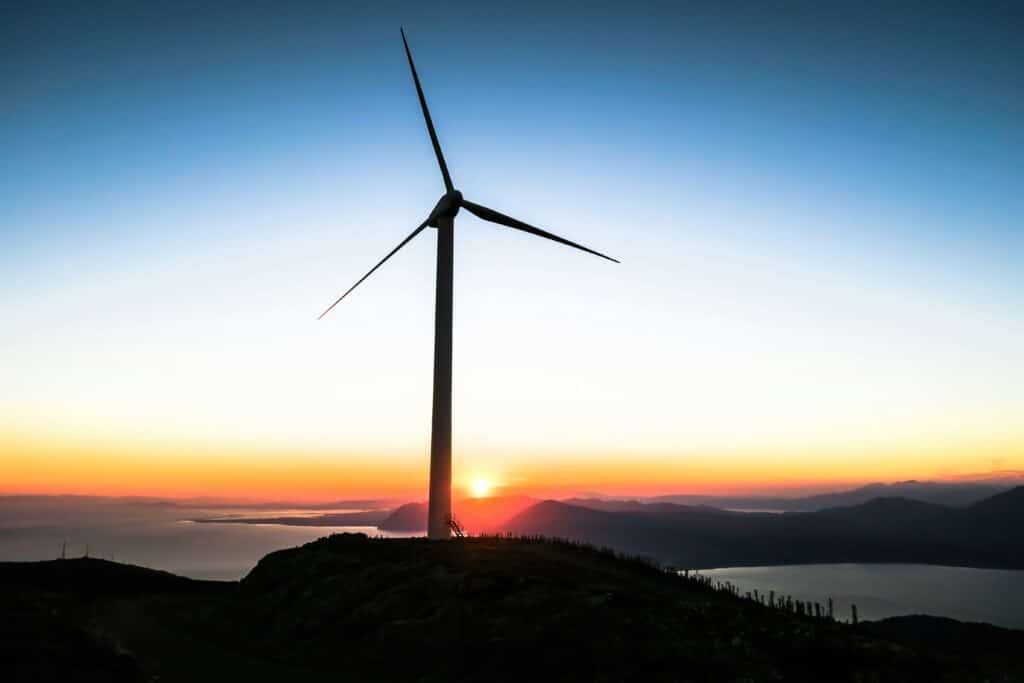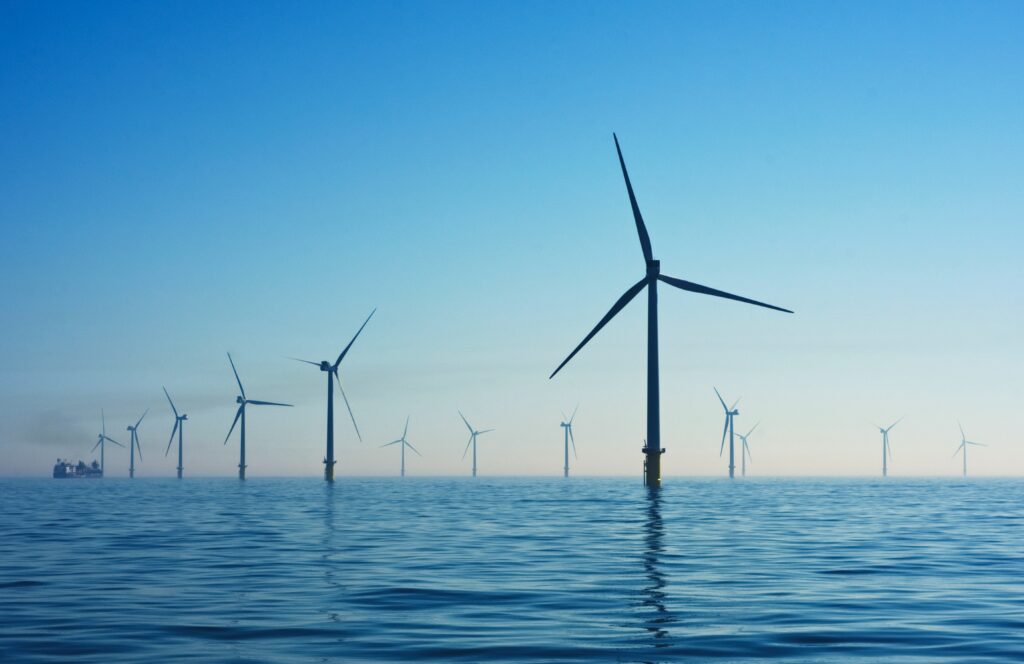Paradigm Shift in Energy Security Agenda
This is the second installment of the Topic of the Month on security of supply
Energy security evolved from ensuring oil, gas and electricity supplies into a more interdisciplinary issue that is far more challenging, as it includes climate change risks, uncertain impacts of energy efficiency and decarbonisation. In the EU, energy security, often referred to as “security of supply”, was one of the three pillars of the first EU energy policy in 2007. Later in 2015, the Energy Union strategy confirmed the importance of this pillar by including energy security, solidarity and trust as one of its five dimensions.
In this second installment of the blog series in June on security of supply, we present the energy mix situation and the role of oil prices. We also discuss the issues related to the future role of hydrogen and the challenges related to critical minerals and cybersecurity. We conclude by introducing the possible paths to address the paradigm shift in the energy security agenda.
The energy mix and the role of oil prices
Fossil fuels, in particular crude oil, still dominate the EU and the global energy mix, even though their shares have been decreasing recently with renewables gaining ground. Crude oil, natural gas and coal provided about 69.3 % of all energy in the EU in 2019, for which oil and petroleum products had the most significant share. The situation is similar globally, where fossil fuels account for about 84% of the energy mix.
Worldwide, oil prices, determined by global supply and demand, have often been in the spotlight over the past decades. Their impact goes beyond the energy sector, as high oil prices could affect the production and transport costs of a wide range of consumer goods and therefore causing inflation. Also, higher oil prices make renewables deployment more attractive as they become more competitive to produce electricity and power transport.
Will the oil continue to run the world if 50% of energy demand will come from (low-carbon) electricity and gases, e.g. biomethane?
In such a scenario, it would be expected that oil prices would fall due to lower demand. This will make oil production only attractive for the low cost producing countries. Oil production would become more concentrated and exported by a smaller number of countries with high market shares. In addition, dropping oil prices would make investments in new infrastructure less attractive. However, it can create adverse effects, increasing oil consumption in countries with less stringent climate policies.
Would hydrogen be the new oil?
Different scenarios and studies contain predictions of the future hydrogen demand. Most of them expect that hydrogen will play a central role in the future of energy, particularly as a decarbonisation option for the hard-to-abate industrial sectors. According to the IEA Energy Technology Perspectives 2020, hydrogen demand will increase four-fold by 2050, and by 2070, electricity, hydrogen, synthetic fuels and bioenergy would have the same shares as fossil fuels in today’s energy mix.
Would the hydrogen price be as crucial for the global economy as oil prices are today?
It is difficult to predict. The European Commission Hydrogen Strategy states that ‘by 2030 the EU will aim at completing an open and competitive EU hydrogen market, with unhindered cross-border trade and efficient allocation of hydrogen supply among sectors.’ With the US and China massively investing in hydrogen R&D and the potential opportunities to import green hydrogen from neighbouring regions, e.g. Africa, the international hydrogen trade market is likely to develop. This could, over time, have important geopolitical implications and create new international alliances. New supply chain and security of supply challenges would emerge.
Will there be a sufficient, sustainable supply of mineral to support the energy transition?
According to the IEA report on ‘The Role of Critical Minerals in Clean Energy Transitions’ ‘mineral demand for clean energy technologies would rise by at least four times by 2040 to meet climate goals, with particularly high growth for EV-related minerals.’ The demand for minerals will arise from multiple clean energy technologies, e.g. renewables, electricity networks, EVs, battery storage and hydrogen (electrolysers and fuel cells). Today, their production is more concentrated than oil and natural gas, with Chile leading in copper, Australia in lithium, Indonesia in nickel, the Democratic Republic of the Congo for cobalt, and China for rare earth elements (REE). For processing operation, the level of concentration is similarly high with the significant presence of China for processing the different minerals.
There are similarities in the threats of shortage in oil and minerals supply as they both have consequences on energy systems. Nevertheless, oil prices can have direct consequences on citizens daily lives, e.g. higher fuel prices, while a shortage in minerals could have broader indirect impacts, causing delays in the energy transition or making it more expensive. The Covid pandemic has shown, for instance, examples of supply chain disruptions for the renewables industry, slowing down the energy transition. On a broader economic level, the pandemic also revealed that free trade did not guarantee reliability in a situation of stress, e.g. diversion of masks destined for Europe. Regarding minerals, recently, Greenland undermined the EU’s plan to secure its supply of REE due to local environmental concerns.
Further embracing the circular economy concept and recycling the energy transition materials could be a solution, but to what extent? Moreover, other chemicals like ammonia, which is not rare per se, but could become a problematic one, as it provides a source of hydrogen for fuel cells and is at the same time crucial to agriculture. This could drive its price up globally, making its use in developing countries more expensive to provide basic agriculture products.
Emerging issues: reliability for electricity infrastructure and new cybersecurity challenges
In electricity grids, loop flow issues have emerged in recent years in countries like Belgium and Poland due to electricity from neighbouring bidding zones or control areas flowing in their networks. They create extra costs for the hosting area/country related to security of supply and system services, as well as from reduced capacities for commercial exchanges within the host country or between the host country and other areas. The question is who should bear the extra operational costs associated to loop flows and who should pay in the future the potentially needed investments. The recent ACER decision brought some clarification on the cost-sharing of remedial actions but did not investigate the case of financing future investments that might be needed.
The recent cyberattack against Colonial Pipeline in the US leading to its shutdown and the subsequent panic buying was a sort of wake-up call for energy operators regarding new kinds of threats for security of supply. Electricity systems could be more at risk as they are more exposed, especially with the increasing electrification of energy systems. Such an attack could be politically or financially motivated. A cybersecurity network code in electricity is being developed in Europe, defining inter alia, minimum cybersecurity requirements, and standards for the electricity markets’ actors. In electricity, cyberattacks, and also extreme weather events, could cause the shutting off of some parts of the network, leading to system disruption and power supplier failure and potential blackouts. The incident of 8 January 2021, while not being caused by a cyberattack, shows how a sequence of sudden events could impact the EU electricity interconnected system.
Hydrogen security and the defense industry
Hydrogen security is also another challenge that is closely linked with industry and transport. There are not many studies analysing the security of energy systems with high hydrogen integration. A recent security analysis for a hydrogen fueling station identified 93 attack scenarios and highlighted the importance of adopting countermeasures to prevent and mitigate deliberate attacks. Suppose such attacks on hyrgogen infrasturcture have the potential to create similar disruptions as the ones caused by attacks in the oil sector. Would strategic hydrogen reserves be necessary for industry and transport?
Another related issue for the use of hydrogen is whether armed forces would follow the decarbonisation trend or keep a parallel supply system for armies running on traditional fuels. In this context, the NATO report ‘Energy Security: Operational Highlights’ states ‘energy consumption for armed forces will be a crucial issue for the years to come.’ Lately, there has been an increasing interest from NATO’s countries in fuel cell applications, producing electricity from fuels such as hydrogen. While remaining costly and complex, NATO members are developing military capabilities that are fuel cell-based and hydrogen-powered. The ‘Energy Security’ report provides an overview of the recent hydrogen fuel cell R&D works in the military domain.
How to address the paradigm shift in the energy security agenda?
The paradigm shift in the energy security agenda should be addressed by refocusing established forums and dialogues and creating new tools. International organisations could provide an important contribution. IEA is leading the way by publishing the Roadmap “Net Zero by 2050”, which indicates many aspects of the changed energy security agenda. UN, WTO, IRENA could also contribute significantly. New tools are created, like the International Methane Emissions Observatory (IMEO). Still, it is important to take into account that energy security is very close to national sovereignty, and bilateral dialogues will provide for the backbone of the new energy security architecture.
The EU has announced an ambitious climate and energy diplomacy agenda and could lead the way. Particularly important is the engagement with the US, a major fossil fuel producer and having now ambitious GHG emissions mitigation target. A continuous dialogue with China is needed despite current political divergencies. A substantial change in relations with Russia is difficult to expect. Russia has no serious and comprehensive decarbonisation agenda, and its political relations with the EU are at an all-time low. The only promising area of engagement seems the production of clean hydrogen for export. The way towards a net-zero GHG emissions system will be challenging, but with a proper focus on the changing energy security agenda, it can be made smoother.







